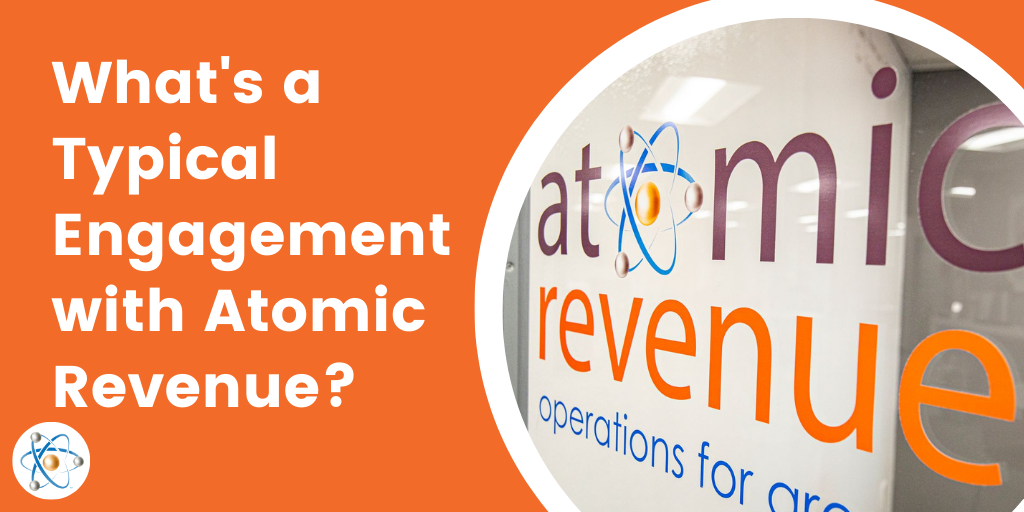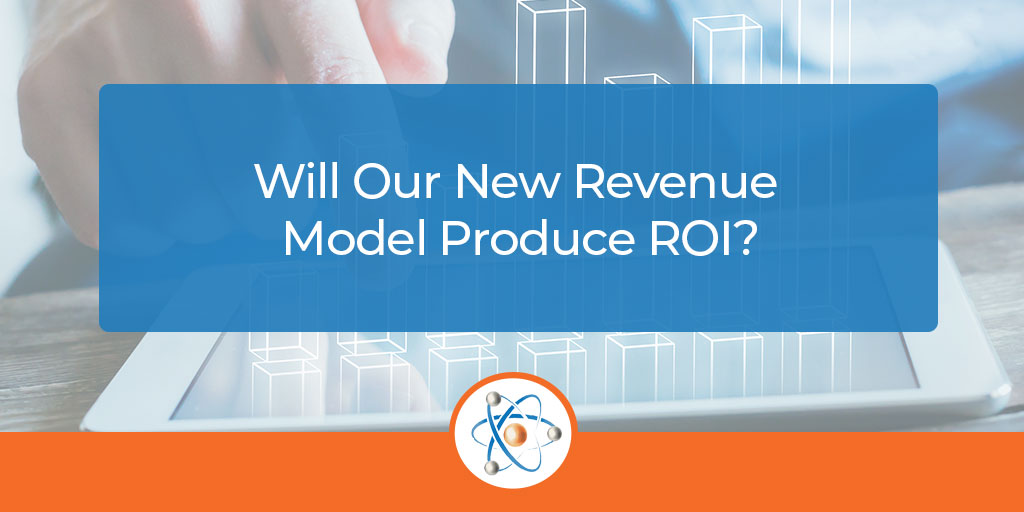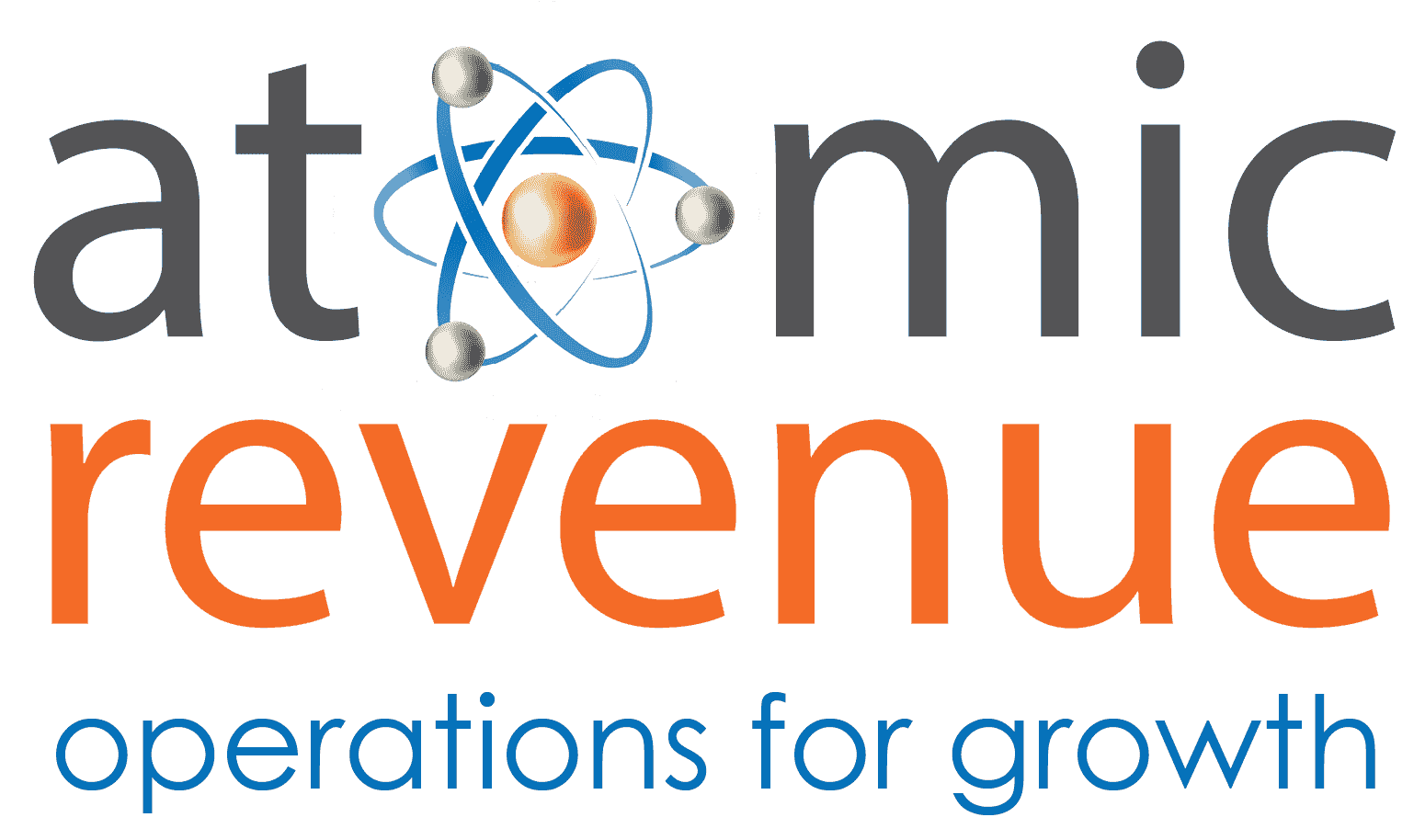Growth often starts with a bold decision, such as choosing to do less, better. For mid-sized manufacturers serving a large, diverse customer base, the path to sustainable and aggressive growth doesn’t always require more customers. Sometimes, the real opportunity lies in consolidating and doubling down on the right ones.
Customer Base Consolidation: A Strategic Growth Lever for Mid-Sized Manufacturers
Navigating Competitive Pressure: 2024 Insights for B2B Tech and Engineering
In the modern business world, there are certain terms and phrases related to data that are important yet poorly understood because they’re often misused or made to seem overly complex. I’ve clarified the meaning of some of this terminology before, and today I want to talk about one specific adjective that you’ve probably seen countless times on LinkedIn, company websites (including this one), and business publications from Forbes to Fast Company: data-driven.
In today’s dynamic global economy, we all know that change is constant and increasingly faster. Your company’s ability and agility to adjust quickly to market changes impacts your revenues and profitability, especially when it comes to pricing and price changes.
How does your company make money? How difficult is it to reach your goals? Where do even start to affect change? To answer these and other important questions, Atomic Revenue looks at the entire process of how revenue flows through your company, starting with a diagnosis of over 130 revenue-related processes to learn what roadblocks need to be removed. Then we resolve the issues with a data-driven strategy, and finally optimize the results to ensure you reach your revenue goals with more efficiency and less struggle, year-over-year.
Are you one of the B2B or B2C organizations adjusting lead generation and selling tactics to increase revenue and set the stage for continued growth in this new business environment? If so, how do you validate your new or adjusted revenue model and determine if it will produce a return on investment (ROI) for the required resource allocation?



.png)






